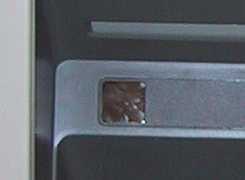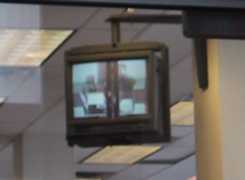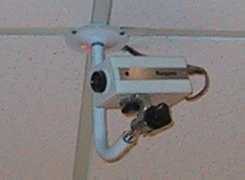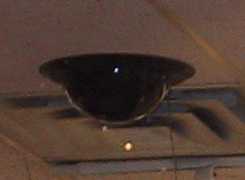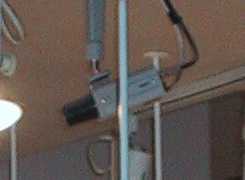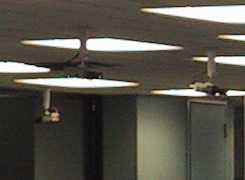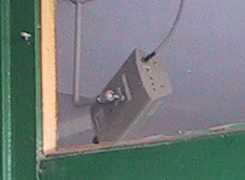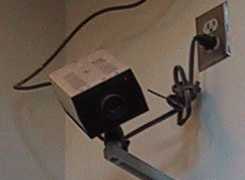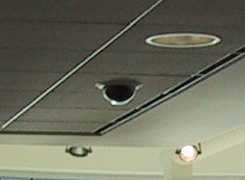Lost and Found Sound: Kenny Hone
When I started volunteering at Trent Radio, early in my year at university, I met two guys, Richard Hamilton and Ken Hone. At the time I was an empty political vessel waiting to be filled up, and Rick and Kenny happily facilitated this. They were a couple of the rabble-rousers behind a storefront political group called “Projects for Change.”
Projects for Change was many things: a food bank, a lending library, a place to print leaflets, a place to drink beer. It had a revolving membership of university students, radicals (real and aspiring). The issues we concerned ourselves with ranged from poverty to nuclear power to the arms race.
Although I don’t think I ever made it to bona fide radical status — I always felt like an interloper — I loved the place nonetheless, and was involved, to one degree or another, for four or five years. I still have the old Projects for Change sign, hand-painted by Kenny, hanging on my wall.
Towards the end of my time in Peterborough, I partnered with Oonagh O’Connor to produce a radio documentary called “The Emotions of Activism.” Our goal was to interview a series of people involved in activist politics, but rather than interviewing them about their cause, we talked to them about the underlying rationale for their orneriness, the emotions behind their activism rather than the thoughts. What, in the gut, gets people up and out on the barricades, or behind the printing press or on the radio.
Although I have lost the tape of the final product, I do have the original, unedited interview tapes. An interview with Kenny is among them. Setting aside my rambling interviewing technique (this was before I got the Ann Thurlow brevity religion), the interview is a great listen, due entirely to Kenny’s clear-minded ability to get at the stuff of what drives him. It’s also an excellent short course in how to be a good human being.
The interview was recorded on an inexpensive tape recorder, using one of the classic Radio Shack PZM microphones that, to my ear, make excellent mics for doing interviews like this because they produce bright sound and lots of atmospherics (some of this has been drummed out by the digitizing down to 32K; the silences appear too silent, but it makes for a smaller file).


